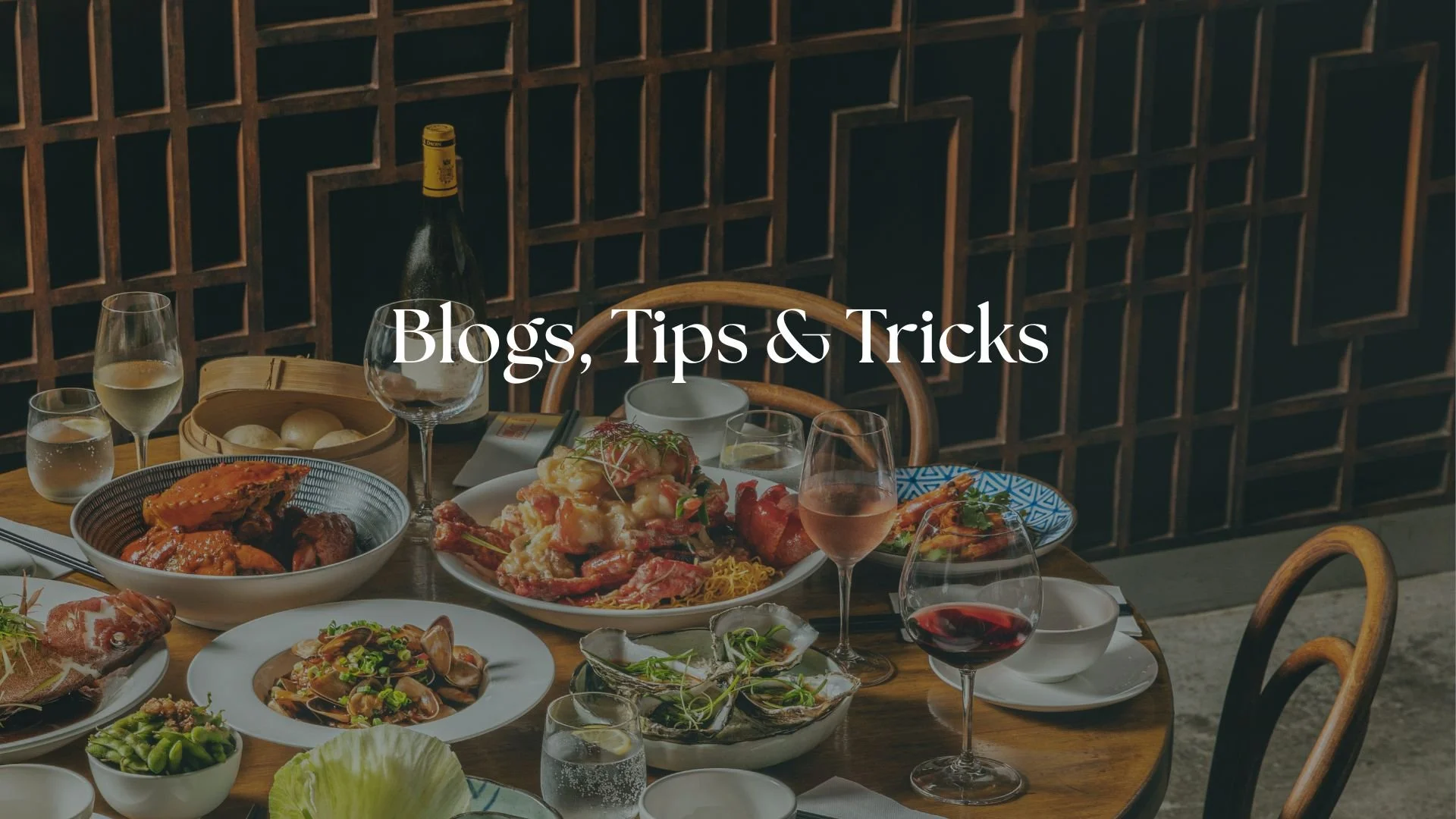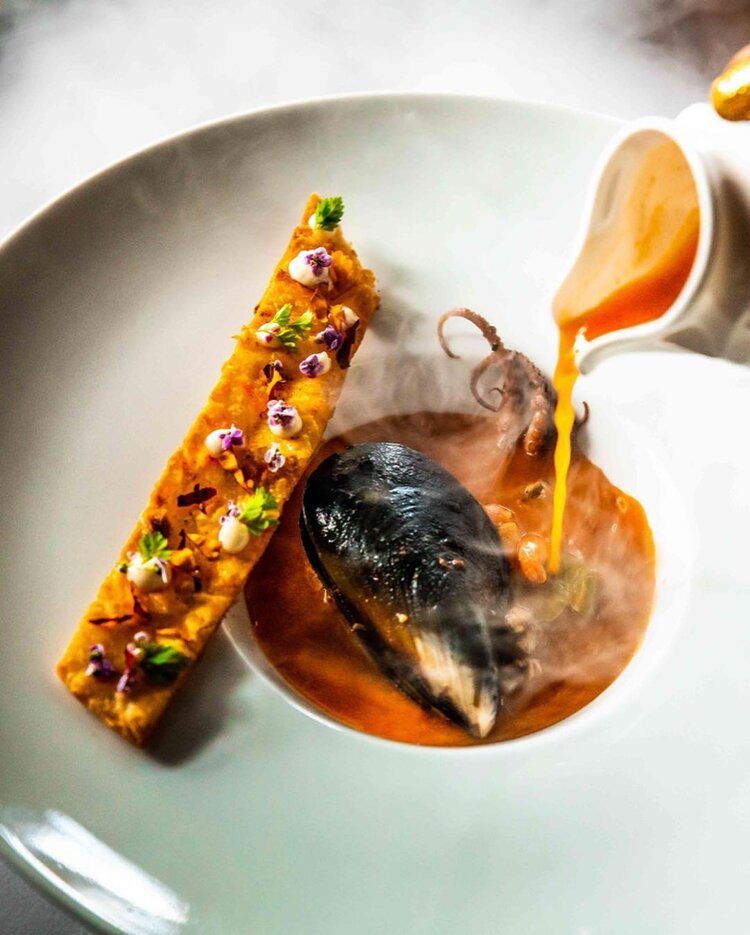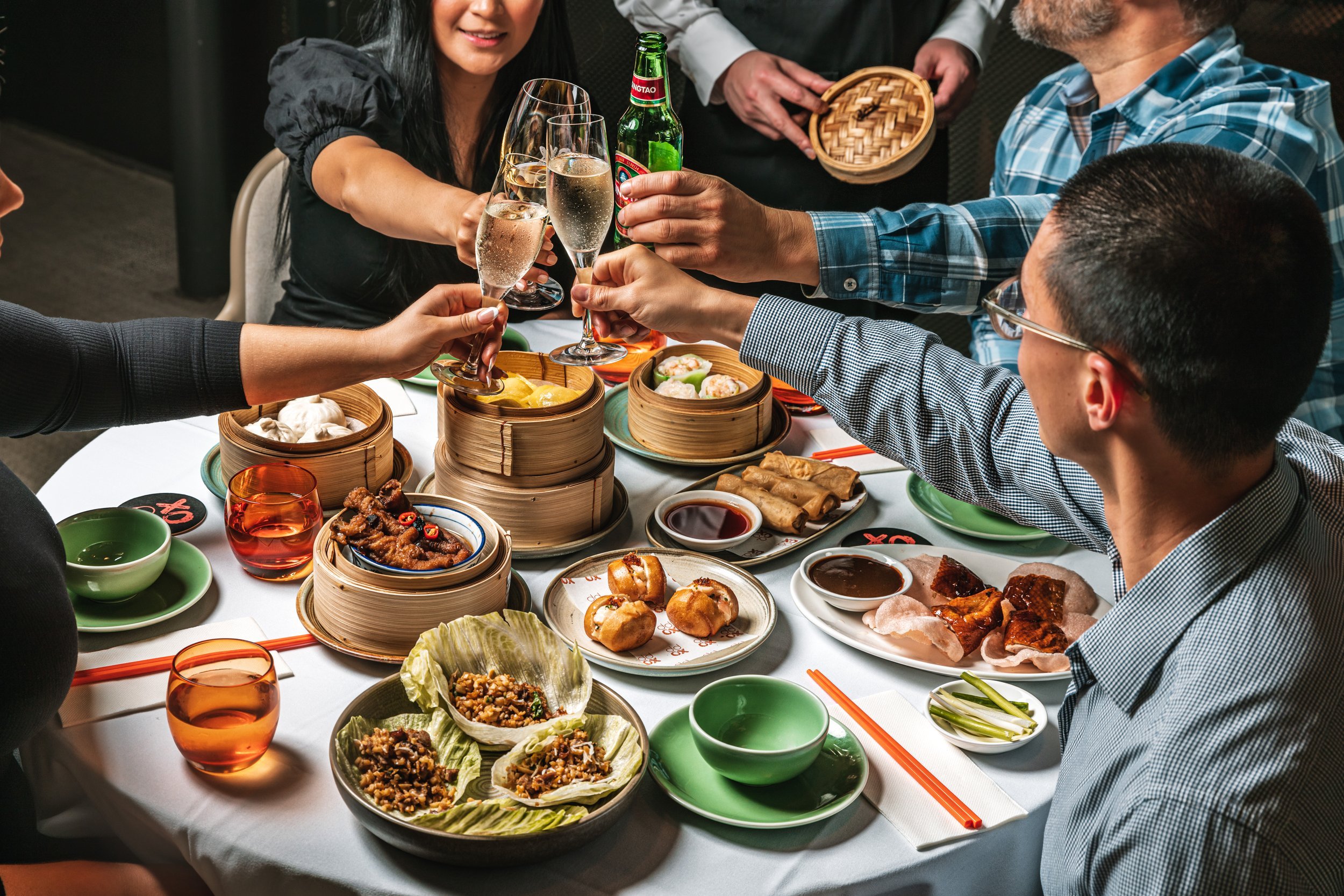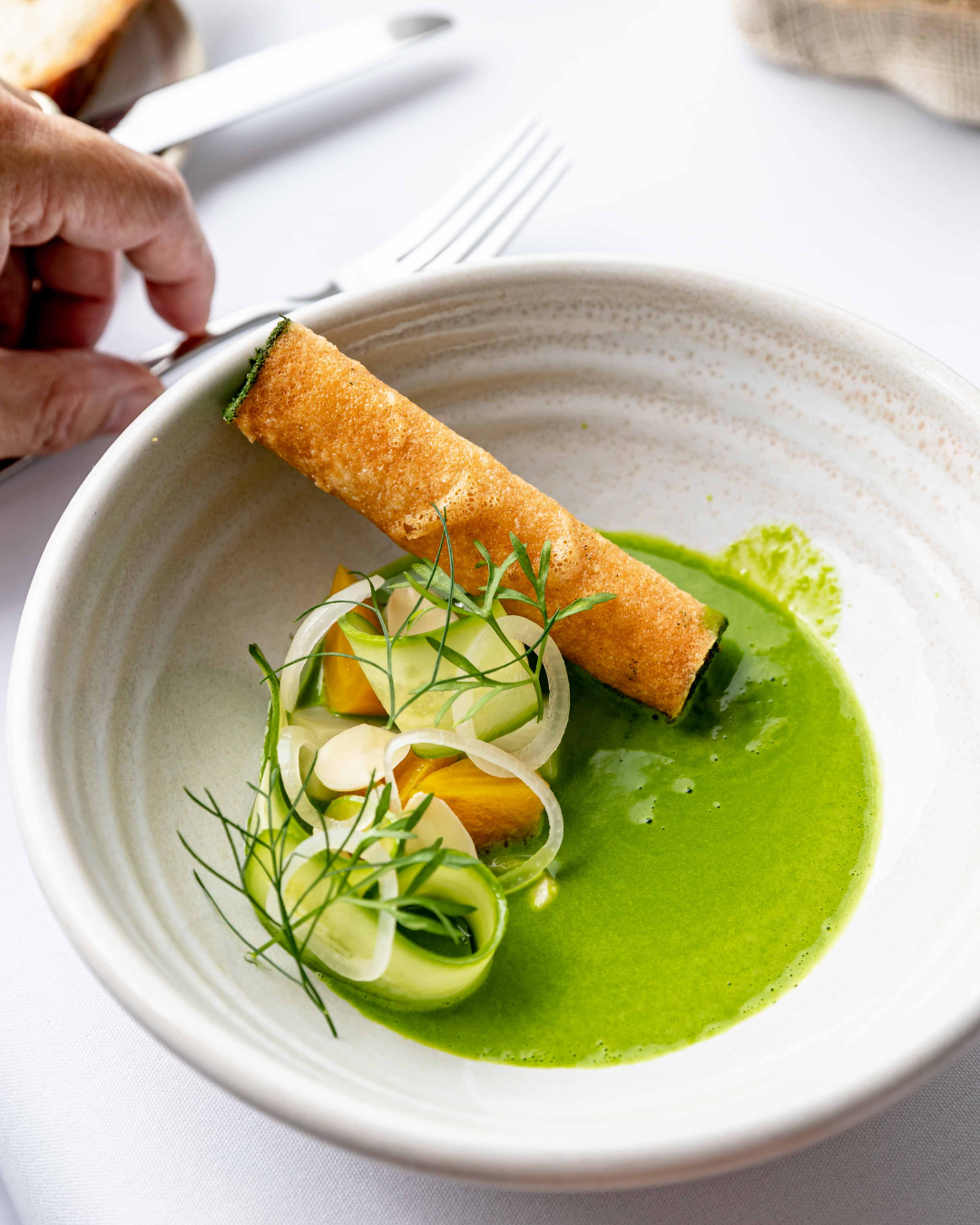From the Archives: Embracing Imperfection & Celebrating Growth (Photos 2018-2020) ☀️
It happens to all of us creatives, doesn't it? That occasional, almost archaeological dig into the digital depths of our hard drives. Maybe you're searching for a specific file, maybe you're just procrastinating on a current project, or perhaps, like me recently, you're simply struck by a wave of curiosity about where you've come from. I found myself scrolling through folders labelled "2018," "2019," and "2020," and suddenly, I was transported back 5, 6, even 7 years. Seeing these images again, birthed in a different phase of my creative journey, was… well, it was a mix of feelings. Nostalgia, certainly. A little surprise ("Did I really shoot that?"). And yes, admittedly, a healthy dose of professional cringe.
But amongst the sea of files, certain images stood out – photos that, despite the passage of time and the evolution of my skills, still hold a certain spark for me. They represent moments captured, ideas attempted, and a genuine effort that I can still appreciate. So, I decided to pull a few out of the digital dust and share them, not just as finished pieces, but as points on a timeline – milestones on a path of constant learning. Consider this a vulnerable look back, a celebration of progress, and perhaps some encouragement for your own creative journey.
The Unflinching Honesty of Hindsight: Picking Apart the Past
Looking at older work with the eyes you have now is an incredibly revealing exercise. The technical knowledge, aesthetic sensibilities, and critical eye you've developed since then simply can't be switched off. And oh boy, did my current eyes have notes for my past self!
It’s almost comical how clearly the "imperfections" jump out now:
The Aperture Acrobatics (or Lack Thereof): I see shots where the aperture was clearly wrong for the intention. Maybe it was f/2.8 when f/5.6 would have kept more of the crucial details sharp, leaving unintended parts of the subject disappointingly soft. Or perhaps the opposite – shooting at f/11 in low light, forcing a higher ISO than necessary, simply because I hadn't yet fully grasped the exposure triangle's delicate dance or wasn't confident managing shallower depths of field. Back then, maybe I just liked the idea of f/2.8 without fully understanding when and why to use it effectively. Now, aperture choice feels more intuitive, a deliberate tool for storytelling, not just light gathering.
Styling Choices That Scream "Dated / Cluttered!": Oh, the styling! Some choices were… bold. Maybe backgrounds that were far too cluttered, detracting from the main subject. Props that felt forced or out of place, included simply because I thought something else needed to be in the frame. Perhaps leaning into trends that were popular then but look distinctly "of their time" now (heavy vignetting, anyone?). Learning to style effectively – understanding negative space, colour theory, layering, and narrative – is a journey in itself, and these photos clearly show I was still in the early chapters.
The Untouched vs. The Overcooked: Retouching skills evolve dramatically. Looking back, I see plates that could have benefited from a gentle touch-up – removing temporary blemishes or slightly softening harsh shadows. Conversely, there might have been phases where I perhaps went a little too far, resulting in ingredients that looked overly smooth and artificial. Finding that balance, enhancing natural beauty of food without erasing character, is a subtle art refined over countless hours of practice.
The Case of the Sweaty Cocktails & Unflattering Light: Lighting is everything, and mastering it is a lifelong pursuit. I see evidence of struggles: harsh, direct flash creating unwanted glare; ambient light casting unflattering shadows; drinks glistening with condensation in a way that looks less "refreshing" and more "just sat there too long under hot lights." Learning to see, shape, and control light – whether it's finding the best window light, bouncing flash, using modifiers like softboxes, or even just positioning the subject correctly – makes a world of difference. Those early experiments, complete with their "sweaty" flaws, were necessary steps.
The Infamous Wonky Table: It seems so basic, yet it's surprisingly easy to overlook in the moment! That slightly jutted surface, the table edges looking unnatural and unflattering… Yes, those tell-tale signs of not checking the final details.
The Saturation Slider's Siren Song: Editing styles change like fashion. There was definitely a period where pushing that saturation or vibrance slider felt like the key to making images "pop." Looking back, some photos verge on the overly colourful, losing subtlety and realism. My editing approach now leans towards more nuanced adjustments, focusing on tonal balance, mood, and ensuring colours feel authentic to the scene. Learning the tools (like Lightroom, Capture One, Photoshop) is one thing; developing your taste and restraint is another.
It's easy to list these things, to point out the technical errors or stylistic missteps. But dwelling purely on the critique misses the entire point.
Why Every "Imperfection" Is a Stepping Stone to Progress
Here’s the crucial mindset shift: these aren't failures. They are evidence. Evidence of trying, evidence of learning, evidence of showing up and doing the work even when the skills weren't fully honed. Each "mistake" identified now represents a lesson learned somewhere along the way between then and now.
That poorly chosen aperture? It taught me the critical relationship between depth of field and subject focus.
Those questionable styling props? They pushed me to learn more about composition, visual weight, and storytelling.
The less-than-perfect retouching? It spurred me to practice more, watch tutorials, and understand the ethics and aesthetics of editing portraits.
The lighting mishaps? They were invaluable, often frustrating, lessons in understanding the quality, direction, and behaviour of light.
The wonky tables? They reinforced the importance of careful composition in-camera and diligence in attention to detail.
The over-saturated edits? They helped me refine my personal style and appreciate the power of subtlety.
Seeing these images serves as an incredibly powerful, tangible reminder of growth. It silences the imposter syndrome that sometimes whispers doubts, providing concrete proof that skills do improve with time, dedication, and practice. It's not about achieving some mythical state of "perfection," because that doesn't exist. It's about the process of refinement, the gradual accumulation of knowledge, and the increasing ability to translate vision into reality.
So, when I look back, yes, I see the flaws. But mostly, I feel a sense of accomplishment. The journey from that photo to the photos I create today has been filled with effort, experimentation, frustration, and breakthroughs. And that journey is something to be proud of. Remember, I’ve improved a lot, and so will you :) Your own creative path is unfolding similarly. Embrace the learning curve, be patient with yourself, and keep creating.
A Look Inside the Gear Bag: Circa 2018-2020
For fellow photographers or budding beginners, the equipment used is often a point of interest. It's important to state upfront: gear doesn't make the photographer, but the right tools can certainly facilitate growth and enable new possibilities. The 2018-2020 period was pivotal for me as I made conscious investments into what I considered my first set of "professional" level gear, moving beyond entry-level or enthusiast equipment.
Here’s what was typically in my bag during that time:
Here’s what was typically in my bag during that time:
Camera Body: Canon 6D Mark II: This was my first full-frame DSLR. Why the 6D Mark II? For me, it hit a sweet spot. Moving to full-frame offered noticeable improvements in low-light performance and depth of field control compared to the APS-C cameras I'd used before. The articulating screen was also surprisingly useful for different angles, especially video work which I was dabbling in. It felt like a robust, reliable workhorse that could handle a variety of shooting situations, not just food but exploring other and similar crossover industries from events to portraits to spaces. It wasn't the top-of-the-line model, but it was a significant and empowering step up.
If I were to purchase a camera today, a similar version would be the Canon EOS 6D Mark II.
Primary Lens: Tamron 24-70mm f/2.8 G2: This lens practically lived on my camera. The 24-70mm focal range is incredibly versatile, covering wide-angle scapes and flatlays, close ups to textures, and everything in between. The constant f/2.8 aperture was crucial – it allowed for shooting in lower light without immediately cranking the ISO and provided that desirable background separation (bokeh). Compared to kit lenses or variable aperture zooms, the image quality (sharpness, contrast) and low-light capability of the Tamron were a revelation. It demanded more careful technique due to the shallower depth of field at f/2.8, which was part of the learning curve itself.
Today, I use a similar version: the Canon RF 24-105mm f/4L IS USM.
Key Light: Profoto A1x: Stepping into the world of professional lighting was arguably the biggest game-changer. The Profoto A1x (often referred to as a "studio light in your pocket") was my first serious off-camera flash. Its round head produced a more natural-looking light compared to traditional rectangular speedlights, and its ease of use (especially with Profoto's wireless trigger system) made experimenting with off-camera flash far less intimidating. Suddenly, I wasn't just finding light; I could start creating and shaping it. Whether used on-camera bounced off a ceiling, or off-camera with a small modifier, the A1x opened up creative possibilities, particularly for portraits and event work in challenging lighting conditions (like many Sydney venues!). Learning flash photography is its own extensive journey, but this light was the catalyst.
Today, the A1x has been discontinued but this would be the closest: Profoto A10.
Of course, when I label these "professional," it's a personal distinction. It signifies the point where I intentionally invested in gear with higher capabilities, durability, and performance ceilings to support more demanding work, both personal and potentially commercial, compared to the gear I learned the fundamentals on. This stage was about committing to growth and needing tools that wouldn't hold back developing skills. There were solid tripods, reliable camera and lighting bags, high write and read speed memory cards, and eventually, hard and software upgrades needed to handle larger RAW files – the ecosystem around the core gear grew too.
The Enduring Value of the Photographic Time Capsule
So, what’s the takeaway from this trip down memory lane? It's simple: Don't be afraid to look back. Don't delete your old work, no matter how much it makes you wince initially. Those early attempts, those "imperfect" photos, are invaluable parts of your story. They are the visual record of your dedication, your passion, and your evolution.
Comparing your current work to those older images isn't about self-flagellation; it's about objective acknowledgment of progress. It's fuel for the future. It reminds you that the skills you have now were earned, and the skills you desire next are attainable with continued effort.
I encourage you: set aside some time. Open up those old folders. Look at your photos, your writing, your designs, your code, whatever your creative output is from years past. Be kind, be analytical, but most importantly, be proud of the distance you've travelled. You might just surprise yourself and find a renewed burst of motivation for the road ahead.
What about you? Do you ever look back at your old work? What feelings does it bring up? Share your thoughts or your own "favourite flaw" from your creative journey in the comments below!







































































